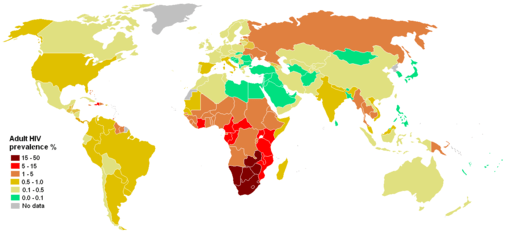Prevalence and incidence are terms used in medical terminology to indicate how widespread a disease may be as well as the rate of its occurrence. Both prevalence and incidence have significance for doctors and scientists, and they analyze the figures of both to decide on future course of action and treatment procedures.
Key Takeaways
- Prevalence refers to the actual number of patients with a specific disease in a given population, which is calculated by dividing the number of patients with the disease by the total population.
- Incidence, on the other hand, refers to the new cases of a specific disease in a single year within a given population. This is also a ratio, calculated by dividing the new cases of the disease by the total population. Incidence is always smaller than prevalence.
- While studying the risk of a particular disease, it is the incidence that is given importance as it reveals the risk a certain population is at in relation to a particular disease. High incidence ratio always refers to a high risk rate.
